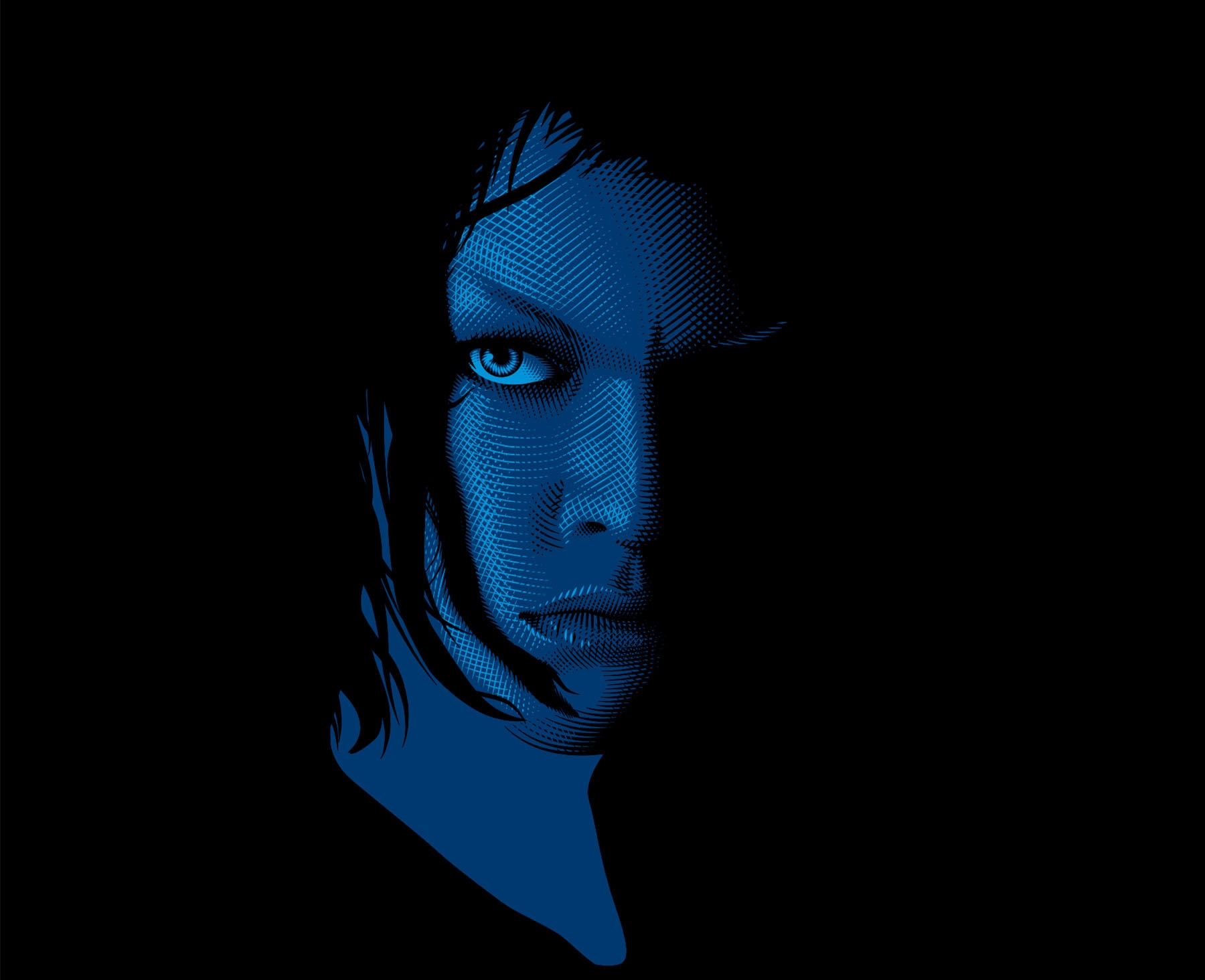About the artist:
Tracie Ching received a sketchbook when she was just 5 years old, so she may have been destined to earn a Bachelor of Fine Arts degree. But when graduating during the Great Recession didn’t immediately lead to employment, she used her free time to explore Adobe applications. Teaching herself graphic design, Tracie gravitated to Adobe Illustrator for the flexibility that vector artwork allows.
She’s now been illustrating professionally for five years and is best known for her alternative movie poster designs that combine the look of engraving with silkscreen.
Tracie has always been drawn to turn-of-the century styles and grew up collecting samples of Victorian, art nouveau, and art deco designs. These ephemera inspire her work today, serving as reference material for the lettering, decoration, and architecture of those eras.
With a supervillain haircut, Tracie draws like a fiend and balances her career with motherhood like a hero.









